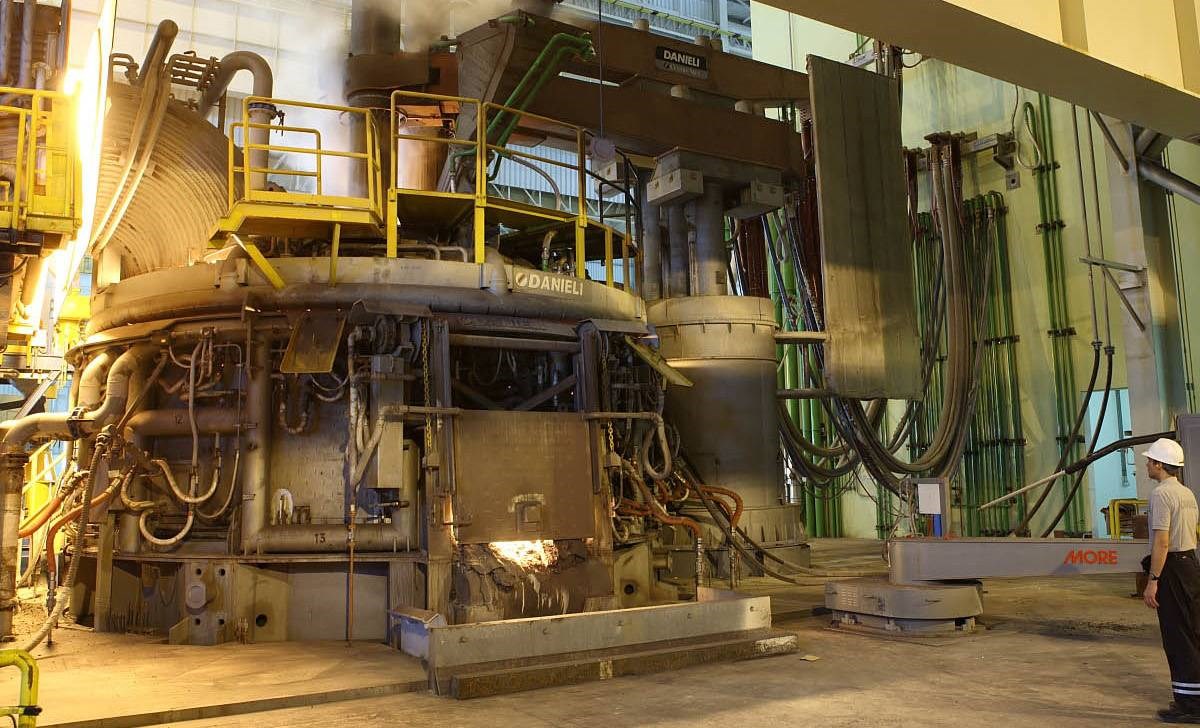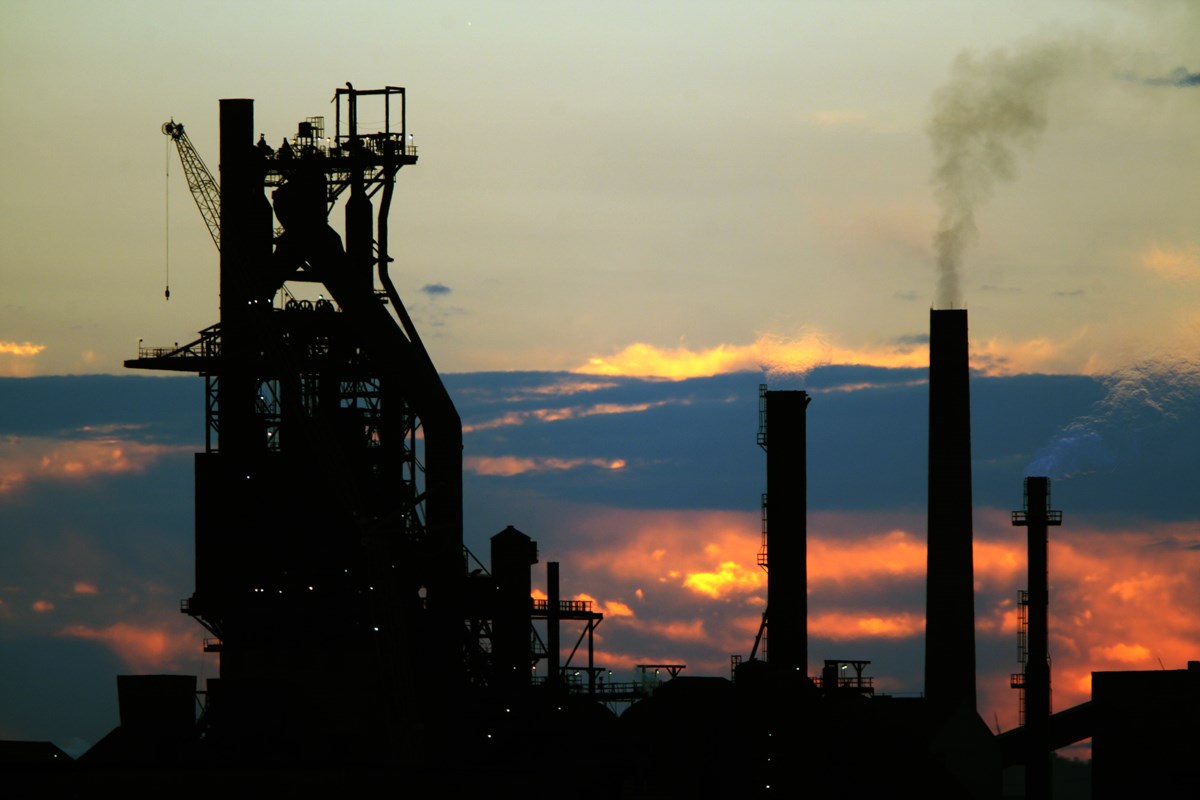The Electric Revolution: Algoma Steel Shifts To Electric Arc Furnaces, But What Does It Mean For Jobs?
The steel industry has been on the cusp of change for several years now, with many manufacturers making the switch to electric arc furnaces (EAFs). At the forefront of this transition is Algoma Steel, a major Canadian steel producer that has recently announced plans to replace its existing blast furnace with an EAF. This move is expected to have significant implications for jobs, the environment, and the overall efficiency of the steel production process. In this article, we'll explore what this shift means for Algoma Steel, its employees, and the broader industry.
The steel industry is one of the oldest and most labor-intensive sectors in the world, with many jobs relying on traditional practices that date back centuries. However, with the increasing demand for sustainable and environmentally-friendly practices, many manufacturers are being forced to adapt to new technologies that can reduce emissions, increase efficiency, and improve overall productivity. EAFs are one such technology, and Algoma Steel's decision to switch to this process marks an important milestone in the industry's shift towards a more modern and sustainable future.
The Benefits of Electric Arc Furnaces
Electric arc furnaces are a type of steelmaking process that uses electricity to melt and refine steel. Unlike traditional blast furnaces, which use coal or natural gas to fuel the process, EAFs are powered by electricity, making them a cleaner and more environmentally-friendly option. This switch has several benefits for Algoma Steel, including:
- Reduced greenhouse gas emissions: By switching to EAFs, Algoma Steel can reduce its carbon footprint and contribute to a more sustainable future.
- Increased efficiency: EAFs are capable of producing higher-quality steel with fewer impurities, making them a more efficient option for manufacturers.
- Improved safety: EAFs are generally considered safer than traditional blast furnaces, as they do not involve the use of molten metal or high-pressure gases.
The Impact on Jobs
The shift to EAFs at Algoma Steel is expected to have significant implications for jobs, particularly in the production and maintenance departments. As the company begins to phase out its blast furnace and adopt the new EAF technology, many employees may be required to retrain or seek new employment. However, this transition also presents an opportunity for workers to acquire new skills and be part of a more modern and sustainable industry.
Some of the job roles that may be affected by this transition include:
- Blast furnace operators: These workers will be required to adapt to the new EAF technology and learn new skills to operate the machinery.
- Maintenance personnel: As the EAFs require less maintenance than traditional blast furnaces, maintenance personnel may see a reduction in their workload.
- Quality control specialists: With the improved quality of steel produced by EAFs, quality control specialists may need to adjust their monitoring procedures.
However, new job opportunities may also arise, such as:
- EAF operators: As the company adopts the new technology, EAF operators will be needed to maintain and operate the machinery.
- Electricians: With the increased use of electricity to power the EAFs, electricians may be in high demand to maintain and repair the electrical systems.
- Sustainability specialists: As the industry shifts towards more sustainable practices, sustainability specialists may be needed to develop and implement new environmental policies.
Workers' Rights and Support
As the transition to EAFs begins, it's essential that workers' rights and support are prioritized. This may include:
- Retraining programs: Algoma Steel should offer comprehensive retraining programs to help workers acquire the new skills needed to operate the EAFs.
- Job placement services: The company should provide job placement services to help workers transition to new roles or industries.
- Health and safety support: Algoma Steel should ensure that workers receive adequate health and safety support during the transition, including psychological support and medical assistance if needed.
The Environmental Benefits
The shift to EAFs at Algoma Steel is expected to have significant environmental benefits, including:
- Reduced greenhouse gas emissions: As mentioned earlier, EAFs are cleaner and more environmentally-friendly than traditional blast furnaces, reducing Algoma Steel's carbon footprint.
- Improved air quality: With the reduced use of coal and natural gas, the air quality in the surrounding areas is expected to improve.
- Water conservation: EAFs require less water than traditional blast furnaces, reducing the company's water usage and minimizing the impact on local water resources.
The Future of Steel Production
The shift to EAFs at Algoma Steel marks an important milestone in the industry's transition towards a more modern and sustainable future. As manufacturers continue to adopt this technology, we can expect significant improvements in efficiency, quality, and environmental sustainability. However, it's also essential that we prioritize workers' rights and support during this transition.
In conclusion, Algoma Steel's decision to switch to electric arc furnaces is a significant step towards a more sustainable and efficient steel production process. While this transition may have implications for jobs, it also presents opportunities for workers to acquire new skills and be part of a more modern and environmentally-friendly industry.
The Road Ahead
As we look to the future, it's essential that we prioritize sustainable practices and worker support in the steel industry. This may include:
- Continued investment in EAF technology: Manufacturers should continue to invest in EAF technology to improve efficiency and reduce emissions.
- Research and development: The industry should prioritize research and development to identify new ways to reduce emissions and improve sustainability.
- Training and education: Manufacturers should provide comprehensive training and education programs to ensure workers have the skills needed to operate the new technology.
By working together, we can create a more sustainable and efficient steel industry that benefits both the environment and workers.
Sabrina Carpenter Height Ft
The Prophecy Taylorwift
Grace Charis Fans
Article Recommendations
- Kaitlyn Krems Fans
- London Hammer
- Cinemas
- Marietemara
- Nyannie
- Neil Flynn
- Jessicaitzel
- Maligoshik Fans
- Bea Alonzo New Boyfriend
- Esownload



